John P. Holland’s Submarine Dream
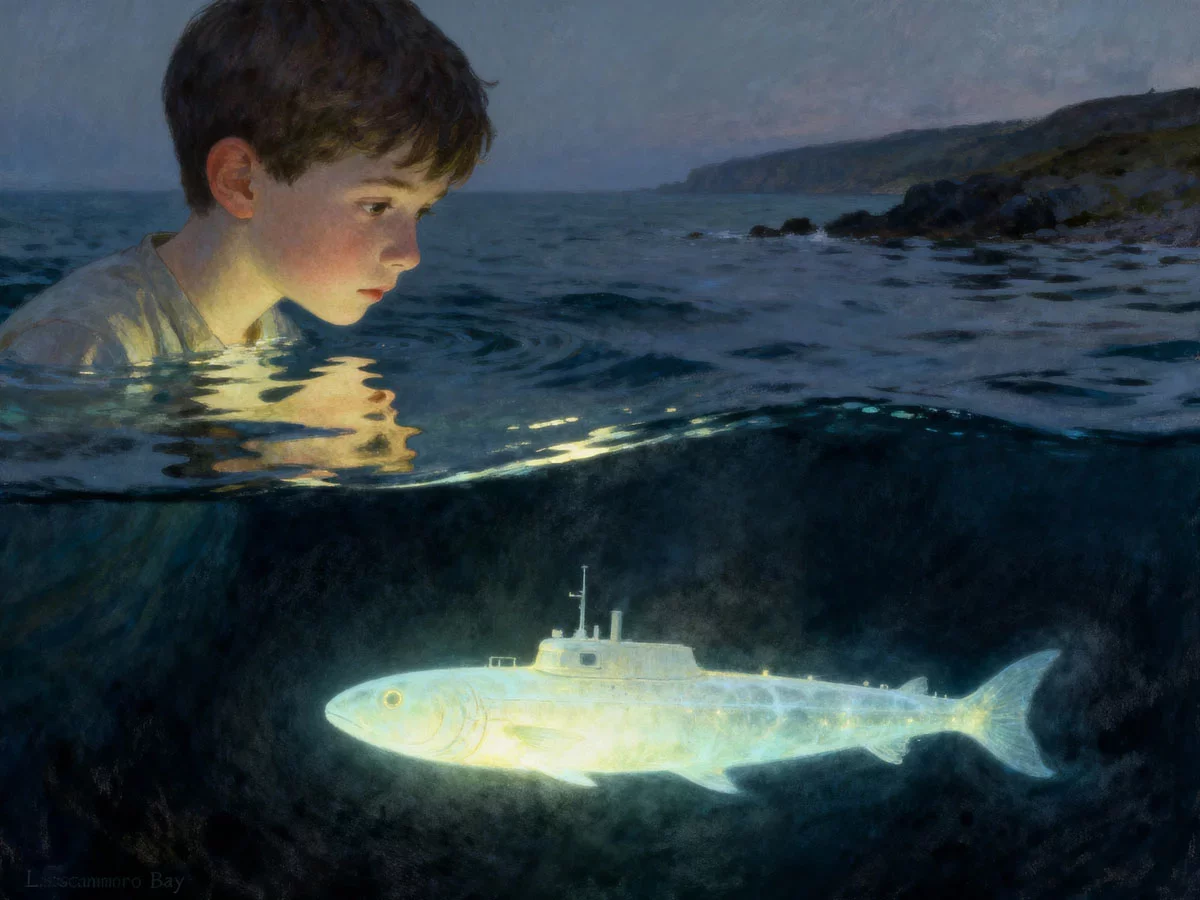
The Story: The Boy Who Dreamed Beneath the Waves
This legend begins not with saints or sea-witches, but with a quiet, observant boy on the shores of Liscannor Bay in the 1850s. John Philip Holland grew up in a world defined by the vast, mysterious Atlantic Ocean. From his village, he would have watched the powerful tides, the diving gannets, and the sleek bodies of porpoises breaking the surface. He would have known the local stories of the sea's fury—especially the tales of the great Spanish Armada ships swallowed by the bay centuries before.
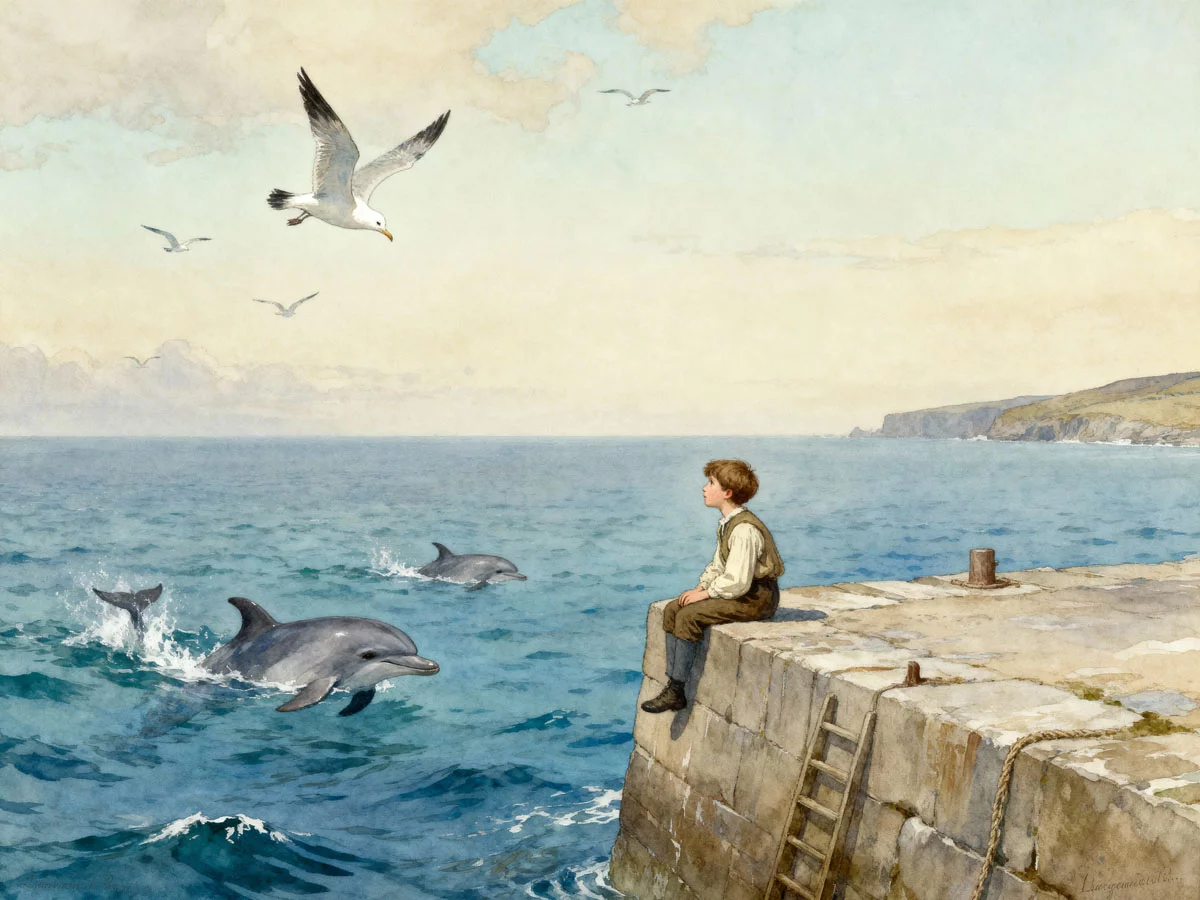
The local folklore, the heart of this modern story, pinpoints his genius to these formative years. It paints a picture of a young John, sitting on the harbour wall, gazing into the water not just as a playground, but as a problem to be solved. He saw how the ocean could be both a highway and a barrier, a source of life and a bringer of destruction. And in a flash of inspiration—a "submarine dream"—he imagined the impossible. What if a boat didn't have to be at the mercy of the wind and waves on the surface? What if a vessel could move beneath the water, as free and agile as a fish, hidden from sight and safe from the storm?
This seed of an idea, planted in the mind of a boy in a remote Irish village, was carried across the ocean when Holland emigrated to America. There, his dream took on a new, revolutionary purpose. As a devoted Irish nationalist and a member of the Fenian Brotherhood, Holland’s primary motivation was not fame or fortune, but freedom for his homeland. He saw the submarine as the ultimate asymmetric weapon: a small, affordable vessel that could cripple the mighty British Navy, the instrument of Ireland's oppression. His first successful craft was fittingly named the Fenian Ram.
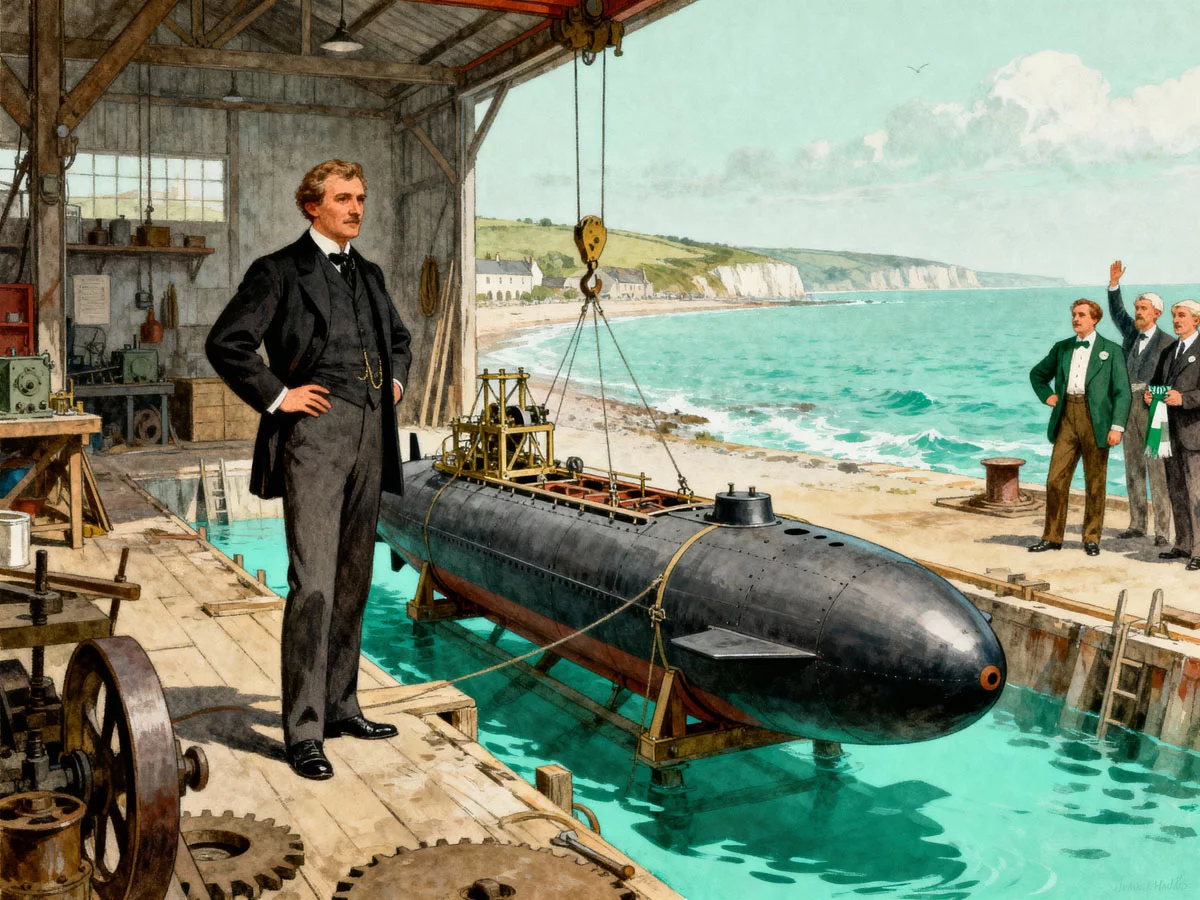
After decades of struggle, ridicule, and countless failed experiments, his vision was finally realised. In 1900, the United States Navy commissioned the USS Holland (SS-1), the first truly modern submarine. This vessel became the blueprint for every submarine that followed, a technology that would irrevocably alter naval warfare and scientific exploration.
The story comes full circle, returning to the small village of Liscannor. The boy with the submarine dream had become the father of the modern submarine. The local community has embraced him as a true folk hero. He is not just an inventor; he is their native son, a testament to Irish ingenuity and perseverance, a man whose world-changing vision was born while gazing into the very same bay they see every day.
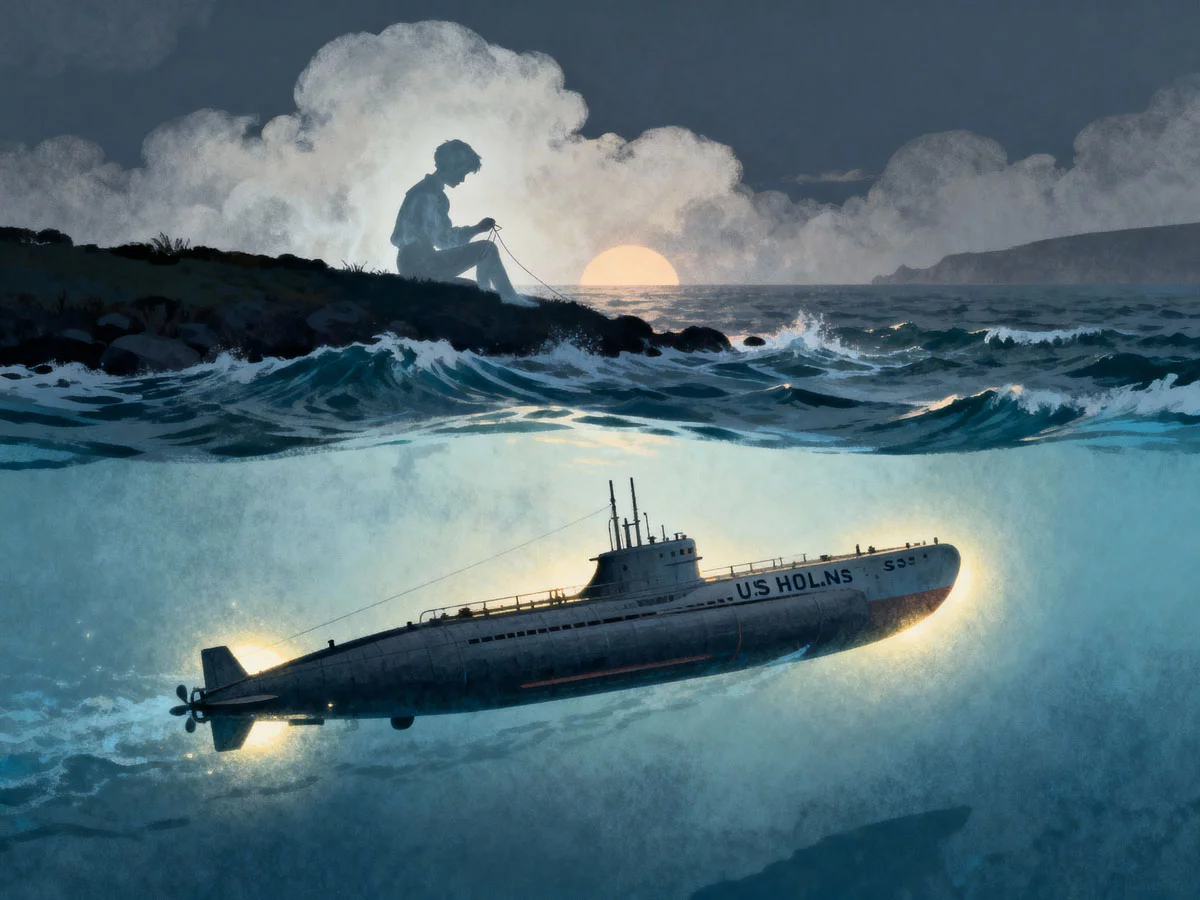
Analysis: The Making of a Modern Folk Hero
The story of John P. Holland is a fascinating look at how a community creates a modern folk hero, transforming a complex historical figure into a relatable, inspirational legend.
From History to Heroic Myth: The process of invention was long, difficult, and filled with technical and financial setbacks. The folklore simplifies this complex reality into a single, romantic origin story: the "dream by the bay." This narrative device is crucial; it makes his genius feel organic and deeply connected to his roots. It suggests his world-changing idea wasn't just a product of engineering, but of his Irish environment and imagination.
Folklore as a Source of Pride: For a small village and a nation long overshadowed by a powerful neighbour, the story of John P. Holland is an immense source of pride. It's a powerful narrative of empowerment: a boy from a humble background, a member of an oppressed people, who used his intellect to challenge an empire and change the world. He embodies the idea that genius is not limited by geography or status. The annual festival in his honour celebrates this potent legacy.
The Patriotic Inventor: A key element that elevates Holland from a mere inventor to a folk hero is his patriotic motivation. His desire to build a submarine for the Fenians frames his work as a noble, heroic struggle for national liberation. It makes the Fenian Ram not just a prototype, but a symbol of Irish resistance, as powerful in its own way as the spear of Cú Chulainn. This narrative transforms his technical work into an epic story of David versus Goliath.
The Blurring of Fact and Folklore: While Holland's childhood in Liscannor undoubtedly shaped his lifelong obsession with undersea travel, the specific, cinematic "dream" is likely a piece of romantic folklore. And yet, it captures a deeper truth. The legend expresses, in a poetic way, the profound influence of his home and heritage on his life's work. It is this blend of verifiable history and evocative legend that creates a truly enduring folk hero.
More Folklore
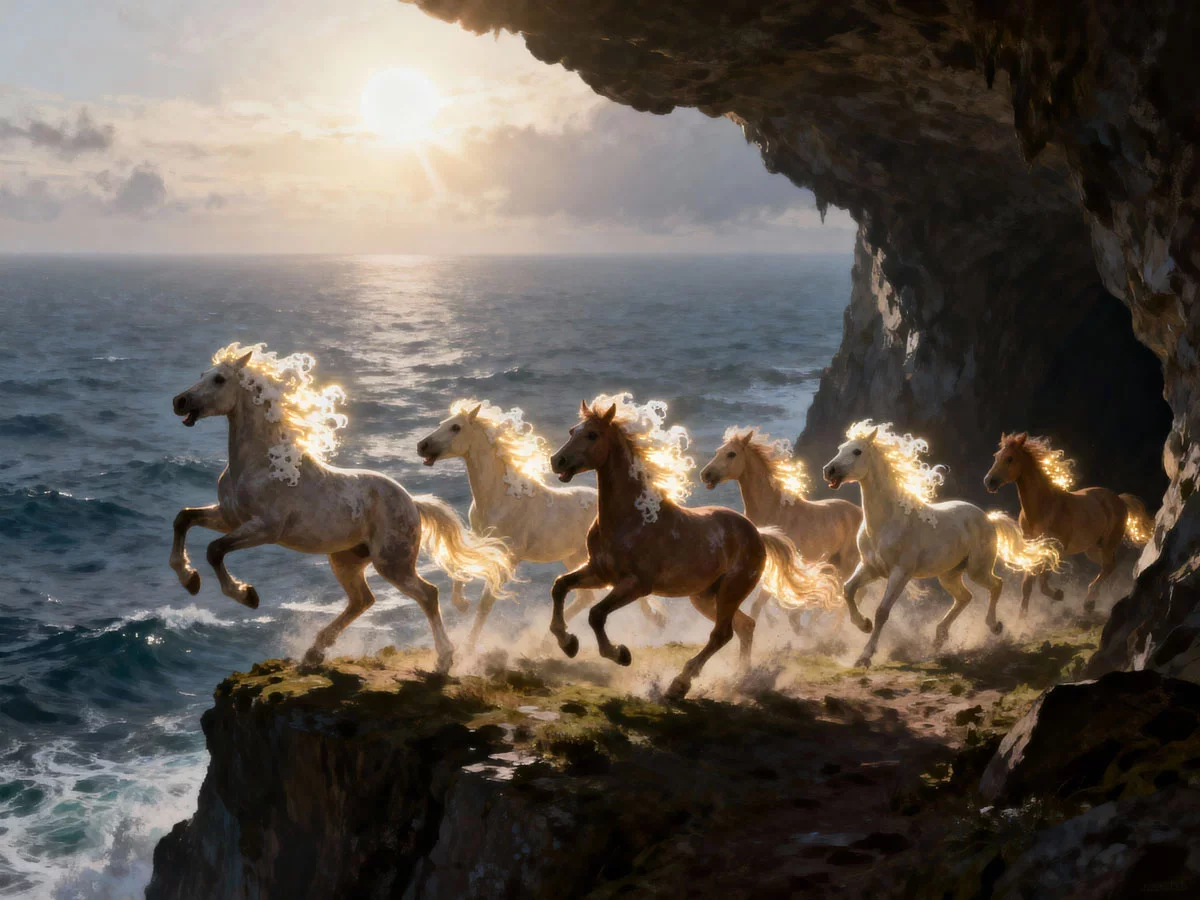
The Leap of the Foals (Aill na Searrach)
A group of the Tuatha Dé Danann, the old gods of Ireland, transformed into horses to hide from Christianity in a sea cave. After centuries, seven foals born in the dark emerged, were blinded by the sun, and tragically galloped off the cliff to their deaths.
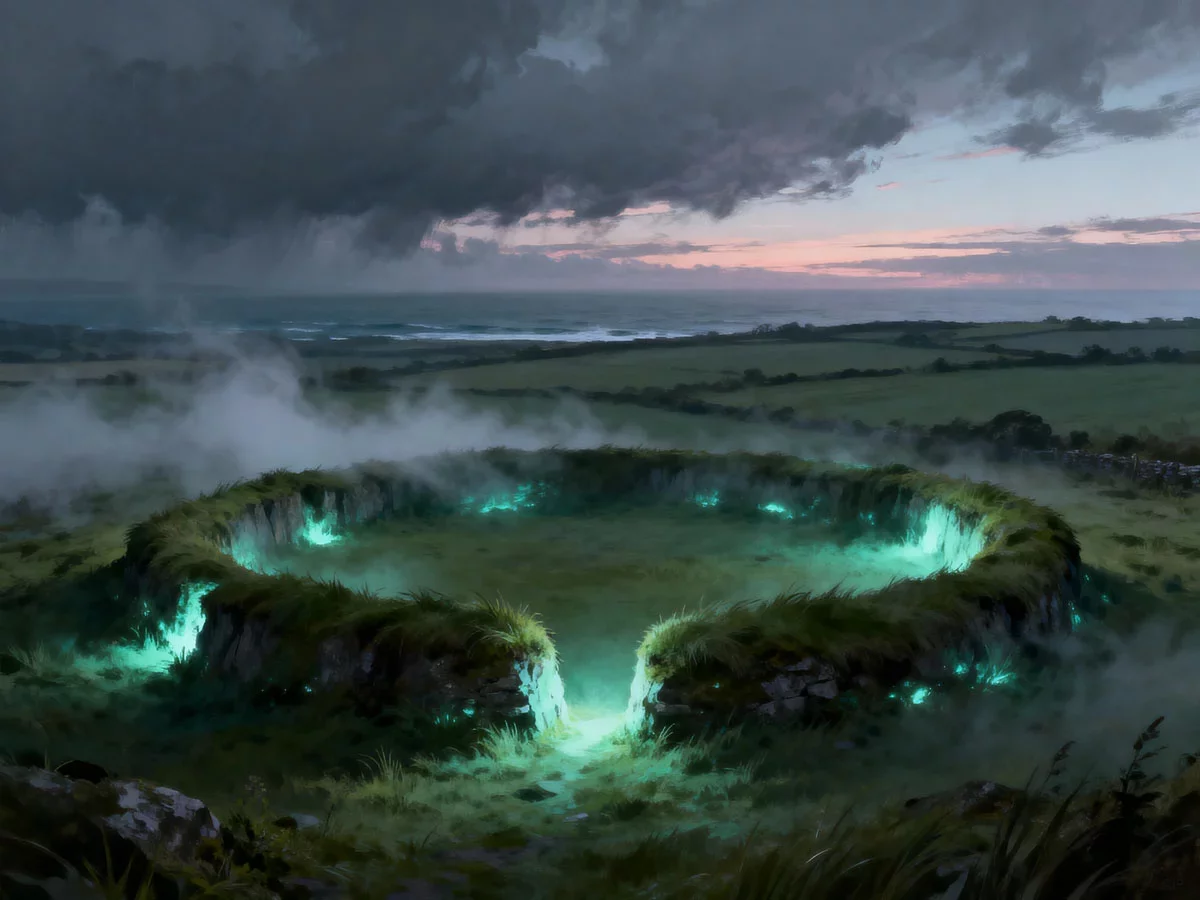
Local Fairies and Hill-Forts
Ancient ringforts (liosanna) are not ruins, but gateways to the Otherworld, the home of the Aos Sí (the fairies). A powerful folk tradition dictates these sites must never be disturbed for fear of angering their powerful, supernatural residents.